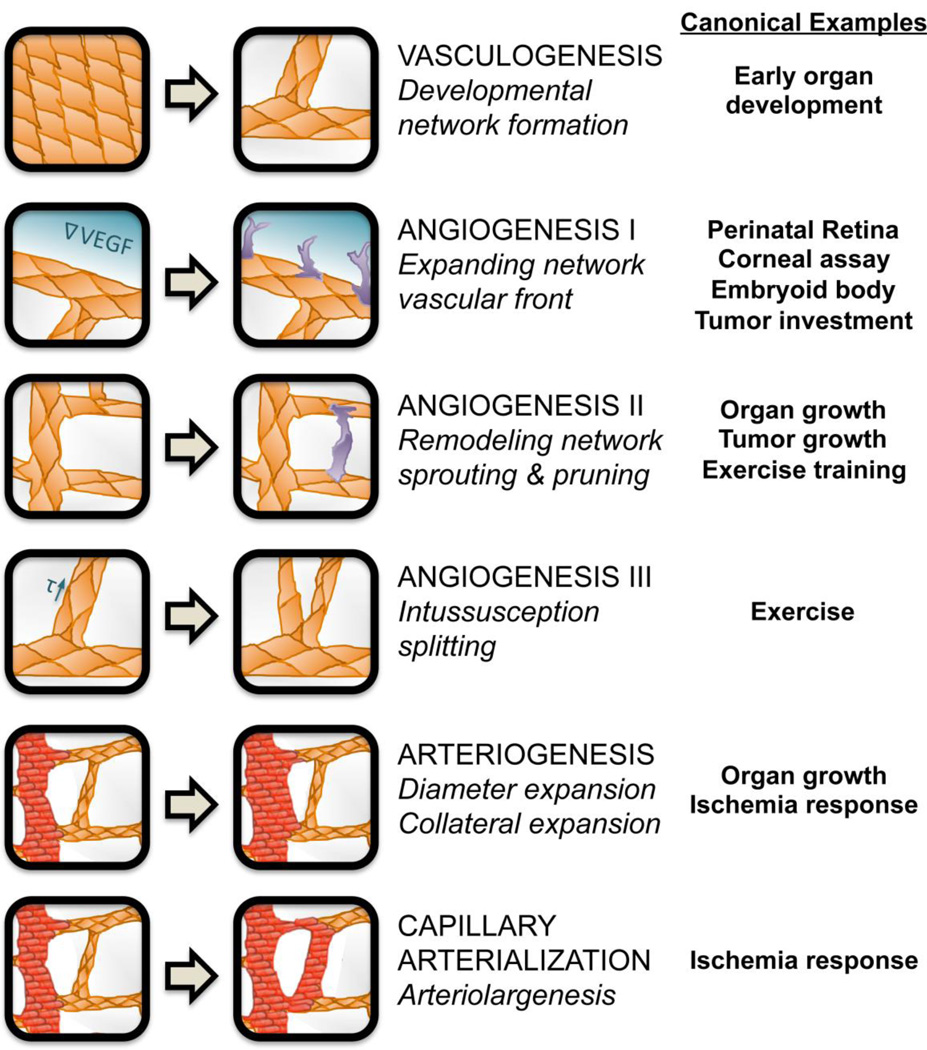Figure 1. Vascular development and remodeling processes.
The six distinct types of in vivo blood vessel formation or remodeling, described in the text, are prevalent in different tissues and situations. Both the emergence and the dynamic adaptation of a functional hierarchical vascular system depend on the coordinated regulation of all these processes. Vasculogenesis results in de novo vessel formation, which is critical for development, while angiogenesis involves expansion of the existing network via sprouting or vessel splitting, and is required for network expansion. Arteriogenesis and capillary arterialization allow for remodeling of the vascular network in response to stressors such as ischemia, to alter blood flow within existing tissues. Examples of in vivo situations in which each process is particularly relevant are given.

